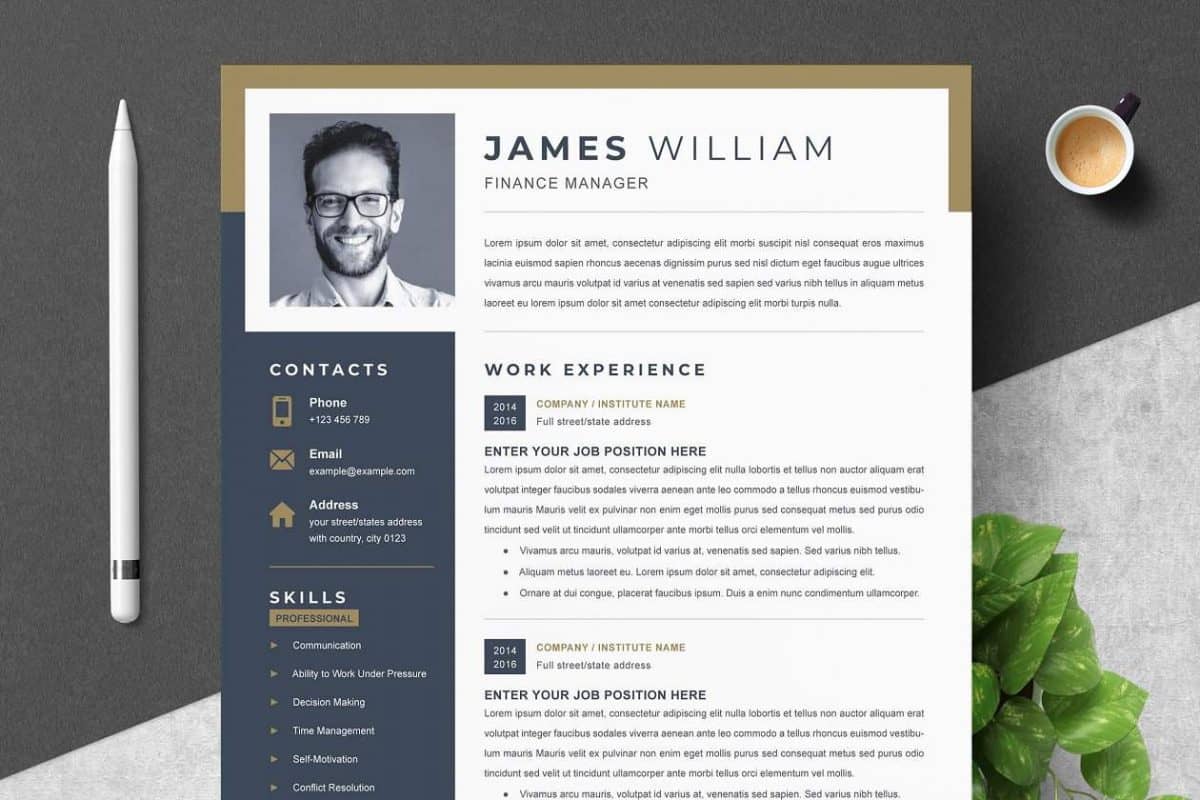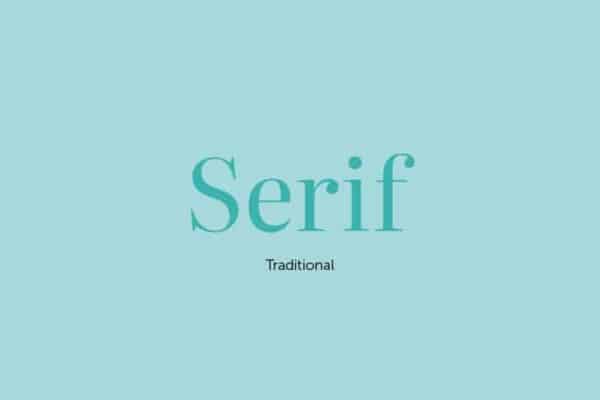
A resume is an appeal based on your professional background, so you must choose every element carefully, including the fonts. Serif fonts are generally less popular than sans serif, but you can use them to make your resume stand out a little bit. Follow this guide if you are interested in using serif typeface as your resume font.

Serif fonts are great to improve the flow of reading in your resume. Their little serifs help distinguish each character and improve readability. This is especially useful if you type in smaller sizes, like under 12 points. The serifs help reduce eye strain and give extra comfort when reading.
Serif typeface also evokes the air of professionalism and reliability due to its association with classic literature or media. Think of New York Times and other long-standing media or publishing companies that still use this font. Using this font in your resume can influence the reader, making them think that you have a lot of experience.

A lot of classic serif fonts are great for resumes. Here are five popular options that will lend an air of reliability to your resume.
Times New Roman is “the classic,” a popular serif typeface for various purposes, including resumes. The font evokes an air of class, elegance, and reliability, which gives an air of respectability like shown by media such as the New York Times. Times New Roman is also great as a header and body text.
Some people reject Times New Roman because it is too ubiquitous. However, if you want to “play safe,” you can stick with this font.
Another classic serif font, Garamond, has a root in the 15th Century. The vintage look gives it an air of class and vintage elegance, like all the old manuscripts and antique books. This is not an ideal resume font if you apply for a job at a conservative company, but you get more freedom when applying in any field that welcomes open creative expressions.
While it looks timeless and reliable, Garamond can feel old-fashioned. You can use Cormorant, a free Google Fonts serif typeface created based on Garamond for a more modern look.
Georgia is the font used by New York Times, which emphasizes its timeless quality. Georgia has a classic look that is slightly more contemporary than Times New Roman. Georgia also has good readability and is ideal for resumes sent physically or by e-mail.
While it retains its classic influence, Georgia is not an “old-school” font. The newer version was updated in 2013, which makes this font a more suitable form for modern use.
Despite the classic look, Cambria was actually created in 2004 based on the request of Microsoft. This font was created to give users more options in serif fonts with high readability. You can read this font more easily in small size or as a digital version, perfect for an online resume.
Book Antiqua is associated with professionalism because it is a clone of Palatino, another industry-related font. This font does not look as “antique” as Garamond, but it still has a classy, slightly vintage look.
Who says serif font is not a good choice for a resume? Use one of these free fonts to create an elegant, reliable air on your resume, or download a favorite font at Pollux of Geminorum for more font options.